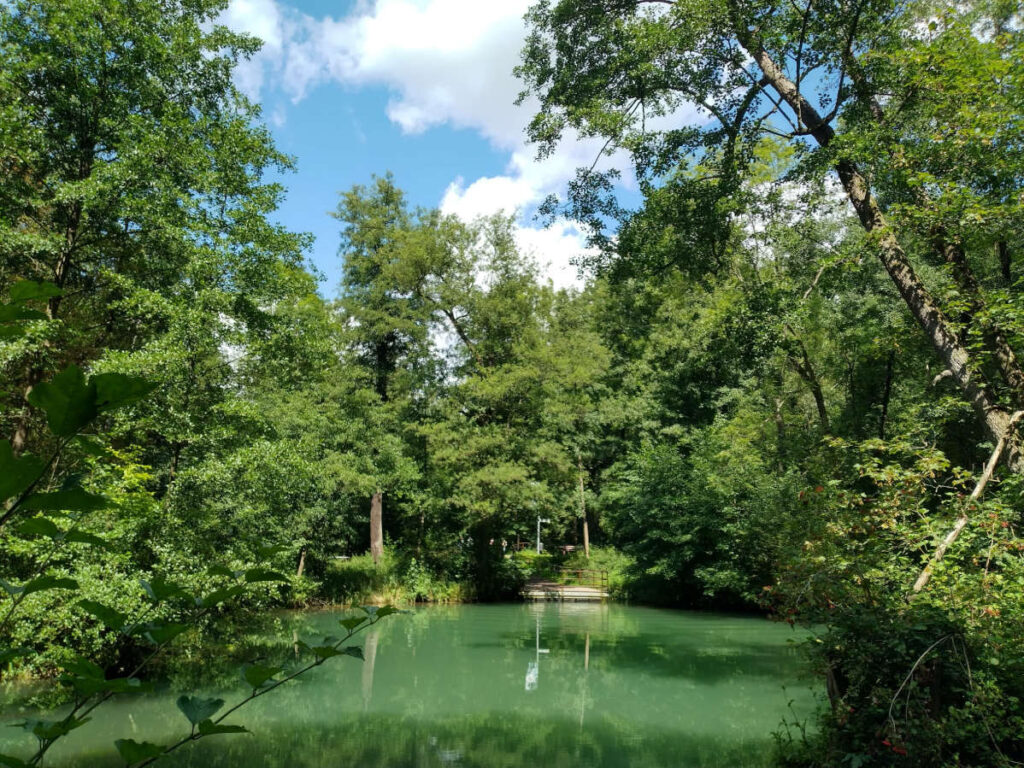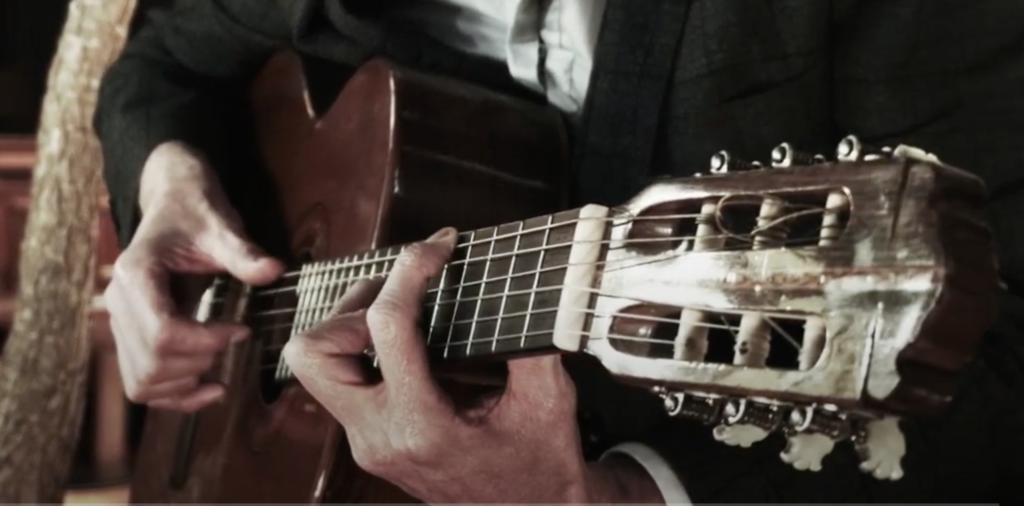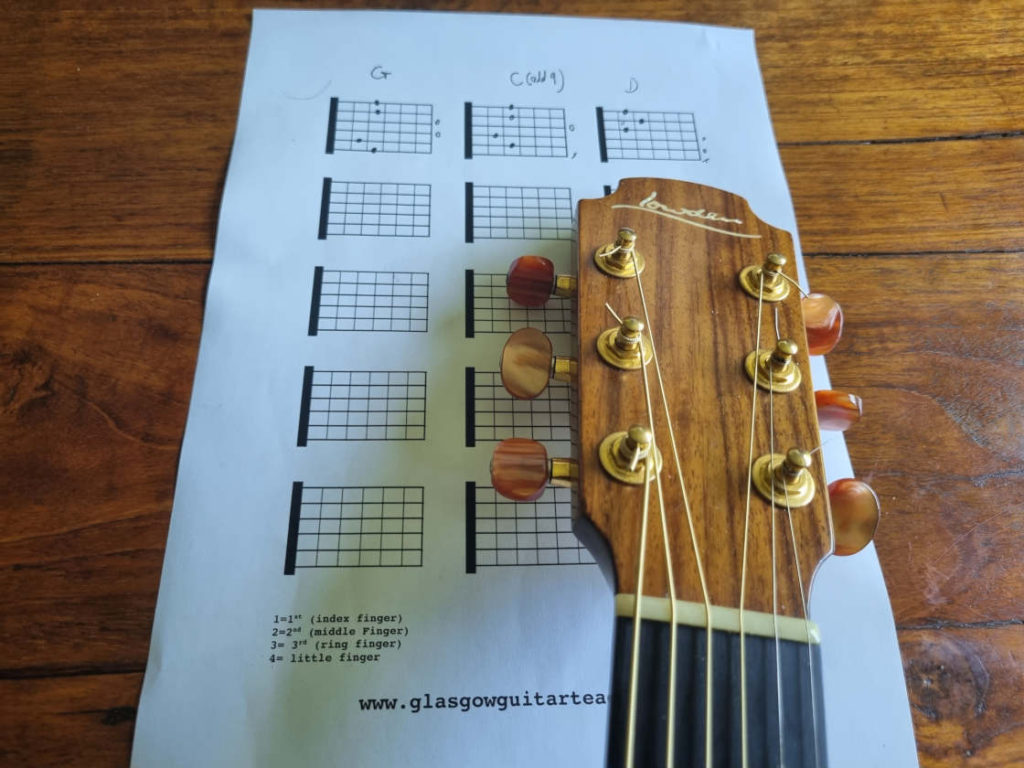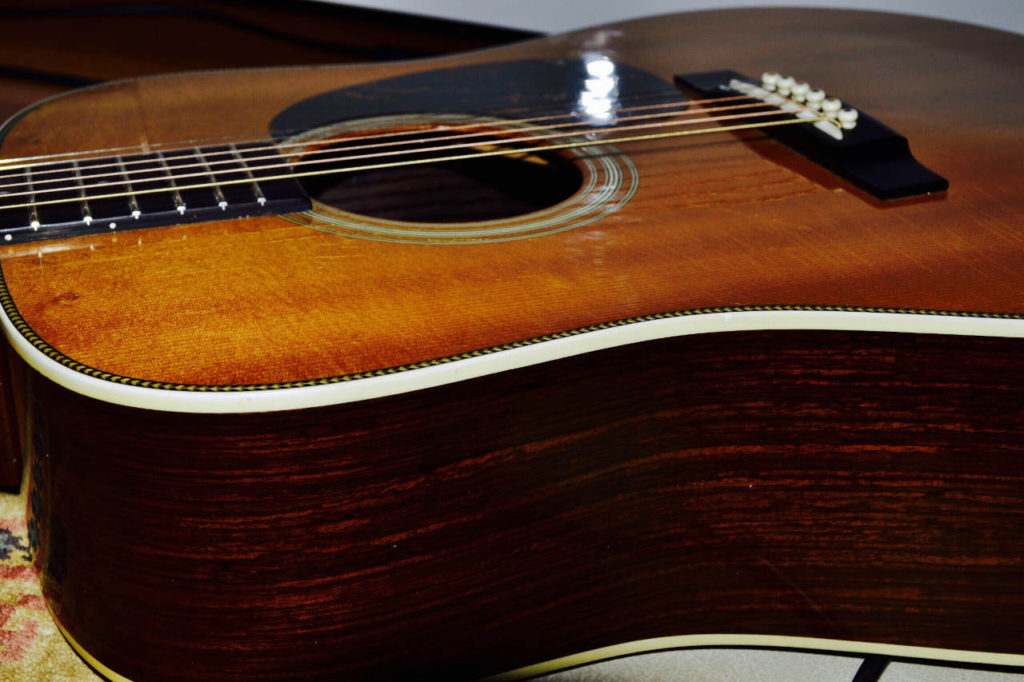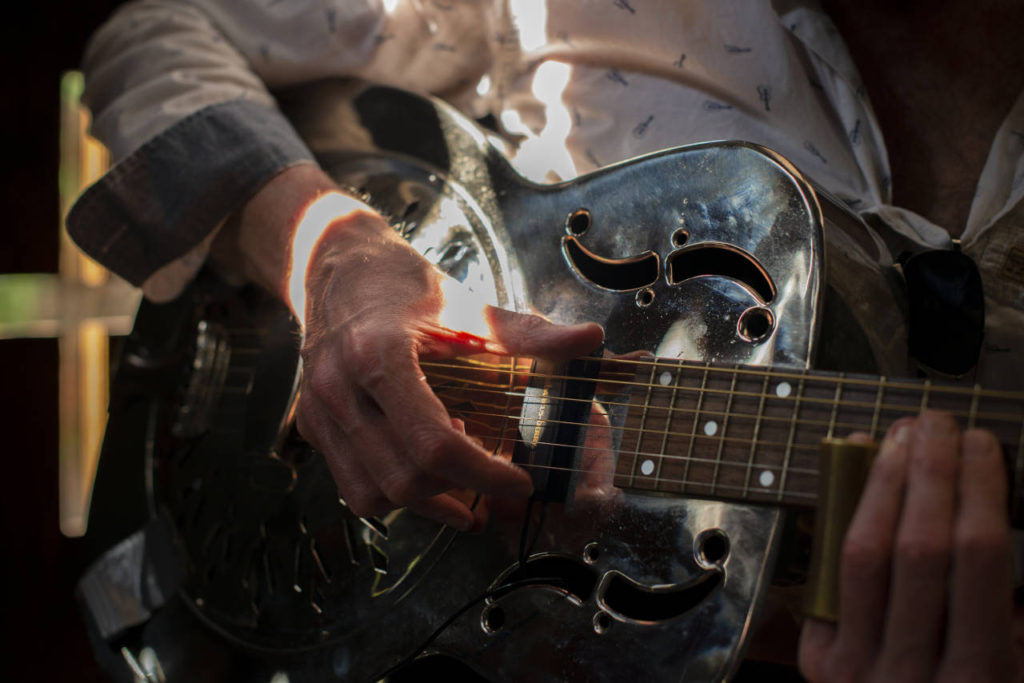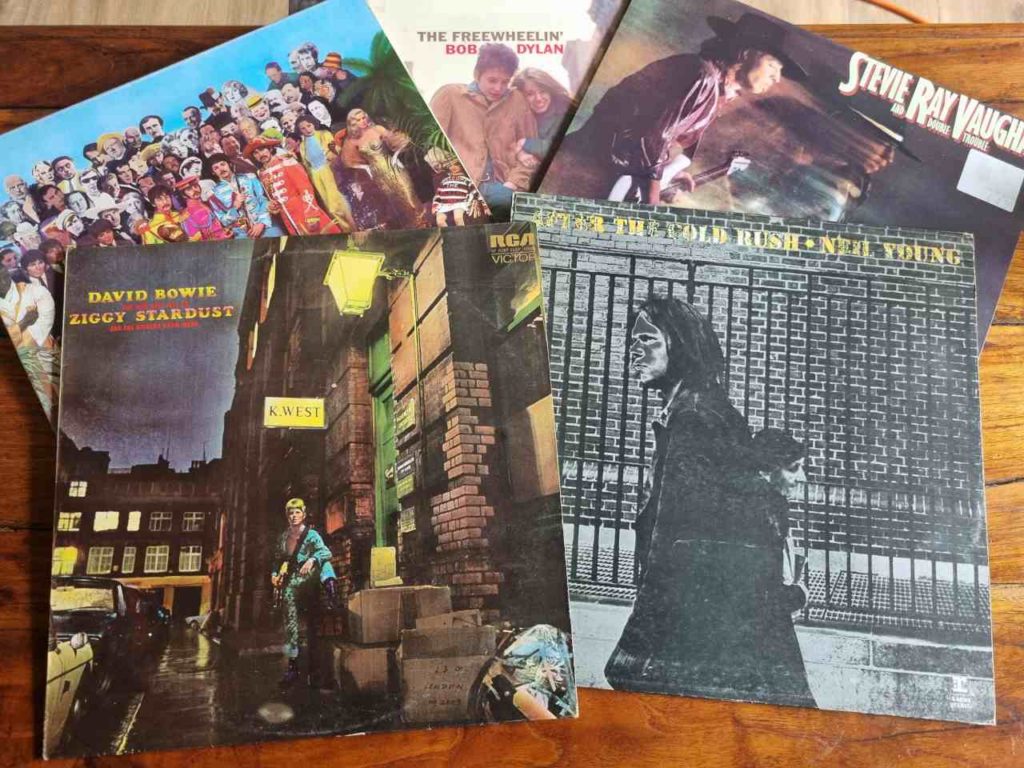Free Tabs / Lessons
free downloadable tabs and lessons with video and audio examples
First Guitar Lesson
So, what to expect from your first guitar lesson? If you play already, we’ll have discussed you’re playing and what you’re looking to get out of the lesson in advance. It’s not necessary in any way to have a firm, determined goal, but it’s just to give me an idea of where you might be and to have a rough lesson plan. If you’re comfortable playing, we’ll play a bit together at the start, then analyse a piece of music, working through the techniques and construction. Involved.
Exactly the same idea applies too if you’re a complete beginner, or very new to playing.
Music Theory
Music Theory can seem like a minefield of jargon and concepts to just about everybody at one time or another, but behind it all lie the fundamentals that underpin everything. Here’s a beginner’s guide to music theory
…
Blues Backing Tracks
Following on from the 12 bar blues post earlier this week, Here’s some blues backing tracks in 3 different keys to practise your chops against:
12 Bar Blues in E backing track
12 Bar Blues in A backing track
12 Bar Blues in G backing track
Chord Sequences – All tracks have a 2 bar intro
E: E/E/E/E A: A/A/A/A G: G/G/G/G
A/ A/ E/E D/ D/ A/A C/ C/ G/G
B7/A/E/B7 E7/D/A/E7 D7/C/G/D7
Beginners guide to blues guitar
This is a beginners guide to blues guitar. There are many forms of blues including the 8 bar (Key to the Hughway, Trouble in Mind), and 16 bar formats (Summertime, I’m your Hoochie Coochie Man), and the 12 bar blues. The 12 bar blues is almost certainly the most common form of blues, a music form that can be traced back to the late 19th century. Blues has its roots in Africa, although it is a quinticensually American music form which has many regional variations including, but not limited to Chicago blues, piedmont blues and mississippi delta blues. Musicians best known for piedmont blues include blind boy fuller, blind willie mctell, and possibly the best known sonny terry and brownie McGhee, with the style characterised by syncopated (meaning the emphasis is moved to between the beats) melody produced by playing the melody with the right and fingers while the right hand thumb keeps the beat.
…
Bluegrass Guitar
See and downlaod tablature of the music as a PDF
Bluegrass music, and more specifically bluegrass guitar can be thought of as an offspring of country music. Like all country it has it’s roots in European folk music brought by settlers into the U.S. in the 19th century and combined there with an African influence including the use of the banjo. The main instruments in early country music were fiddle, taken from the Scots and Irish traditions, the Spanish guitar and the banjo from Africa, with the music characterised by driving rhythms and songs singing of everyday experiences such as ranching, mining, logging as well as bank robberies, train crashes and desperados on the run.
Songs (part 1)
So heres the tricky bit about taking up the guitar, or any instrument, particularly when you’ve been out of the loop of learning for a while. You know what you want to play, because you listen to music, which is why you want to play in the first place, but there’s not an obvious path as to how to get there. So, to that end, I’ve written put a list of songs that I’ve used a lot in lessons and classes and that either demonstrate a technical or musical point that can then be applied to other pieces. Some of these are (relatively!) easy guitar songs for beginners, some a little more advanced. A big advantage of using songs rather than exercises is building a repertoire, as the more stuff you know, the quicker it is to learn new things.

